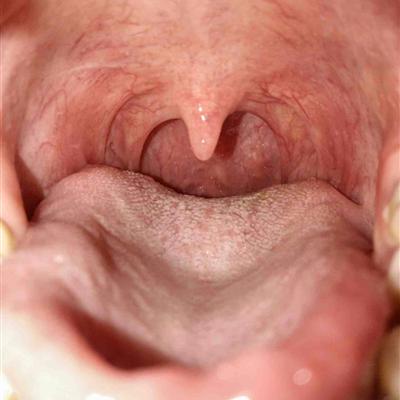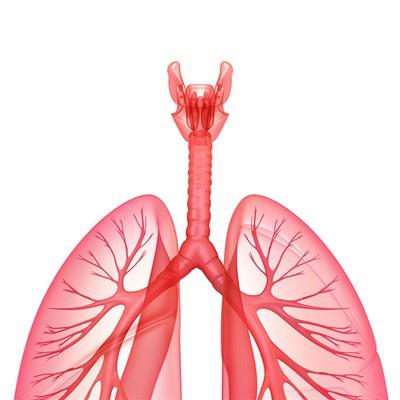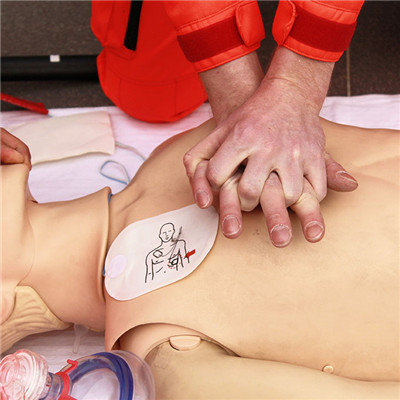Do what examination to know oviduct is unobstructed
summary
Tubal obstruction is easy to induce acute or chronic tubal inflammation, because the abdominal cavity has a certain degree of closure, so the inflammation is easy to spread to the adjacent pelvic cavity. Pelvic inflammation, easy to cause poor blood, and lead to pelvic congestion. Pelvic congestion, can make the adjacent organs (especially the delivery of menstrual blood organs) blood flow is not smooth, and easy to cause dysmenorrhea. Now let's talk about what to do to check whether the fallopian tube is unobstructed.
Do what examination to know oviduct is unobstructed
First: hysterosalpingography: when the patient's condition is mild or there is no other cause of infertility, this examination is the first choice. By injecting proper amount of high specific gravity substances (such as classical agent, meglumine diatrizoate, etc.) into the uterus through the cervical tube, the cavity tube can be developed, and further observation with X-ray film can clearly show the abnormality of fallopian tube, which is a fast, economic and less dangerous examination.
Second: salpingoscopy: during the examination, a kind of rigid salpingoscopy is transported to the fallopian tube to observe the mucosa and patency of the lumen tube, and then abnormalities can be found. However, there are strict requirements on the quality of salpingoscopy, so it is not widely used at present.
Third: laparoscopy: inject methylene blue solution into the uterine cavity through the uterine catheter, and observe whether the solution can smoothly pass through the umbrella end of the fallopian tube through laparoscopy, so as to understand the degree of tubal blockage. If no methylene blue solution overflows into the abdominal cavity through the umbrella end, it indicates proximal tubal obstruction (that is, between the interstitial part and isthmus of the fallopian tube); if the umbrella end and ampulla of the fallopian tube are dilated, thickened and blue stained, it indicates distal tubal obstruction. It is the gold standard for the diagnosis of this disease, but it is only suitable for those with abnormal findings of salpingography or fluid flow.
matters needing attention
If there is no contraindication after operation, early mobilization of the patient should be encouraged, which can increase the ventilation volume of the lung, facilitate discharge of the secretion, reduce the complications of the lung, promote blood circulation, prevent venous embolism, promote gastrointestinal motility, relieve abdominal distension, and facilitate the excretion of urine * and prevent urinary retention.













